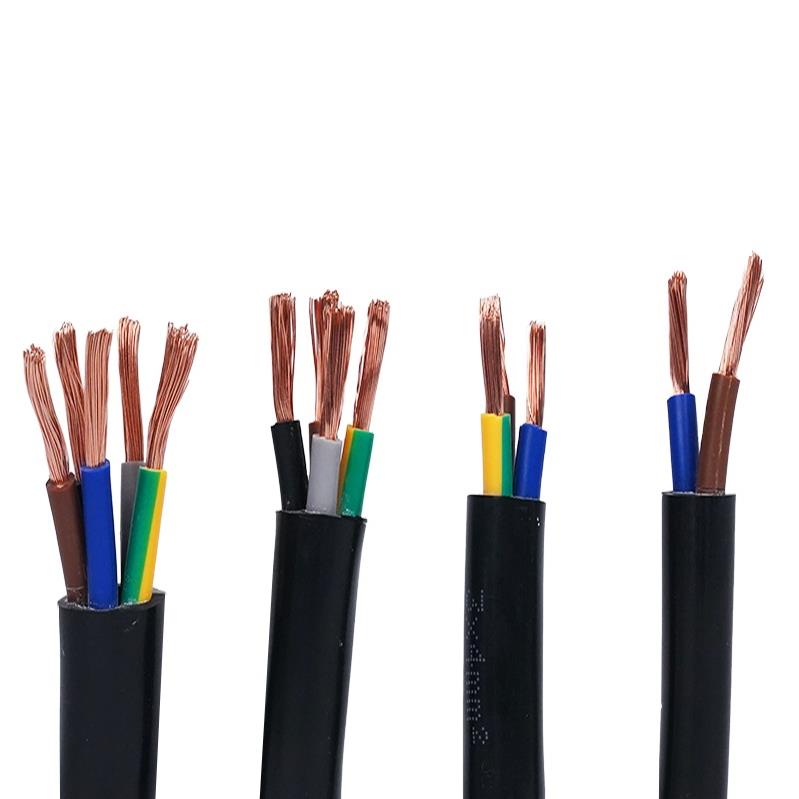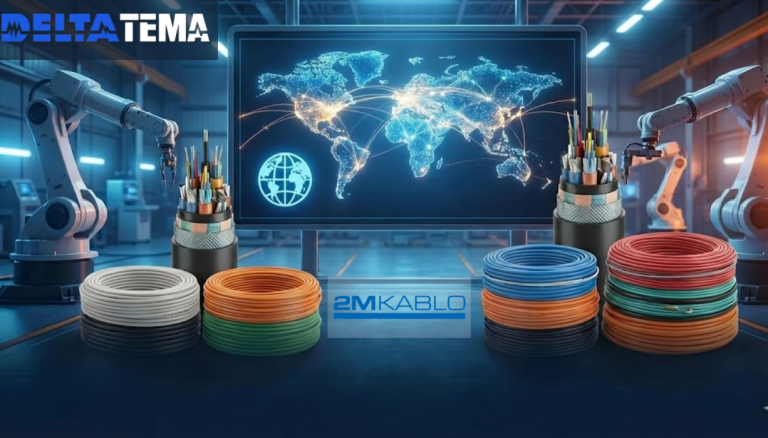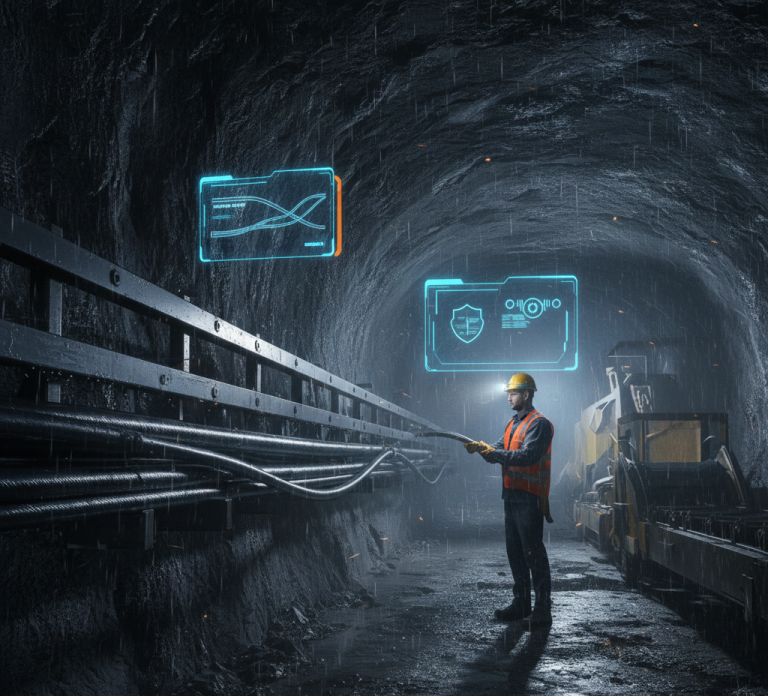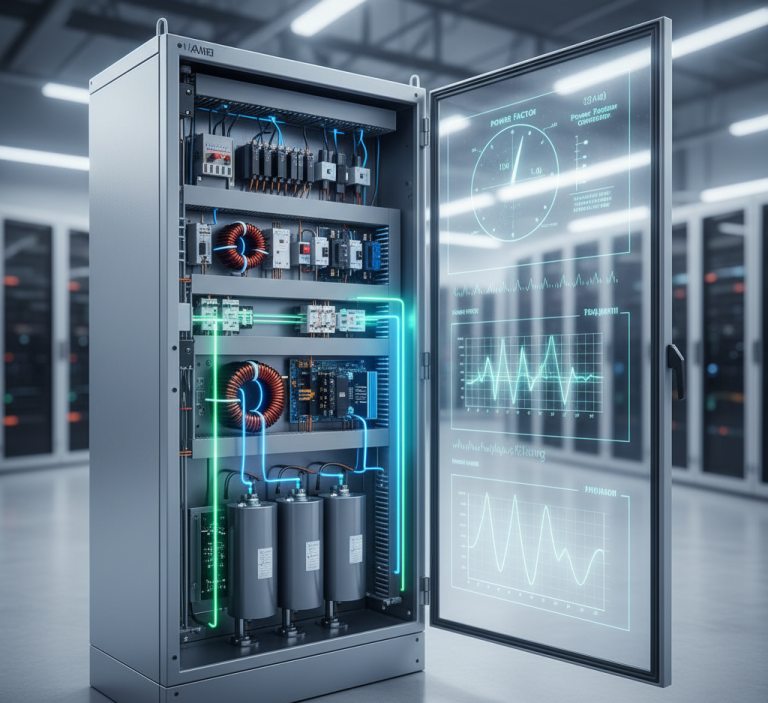In today’s world, electrical energy and data transmission have become indispensable parts of modern life. From our homes to workplaces, industrial facilities to communication networks, cables play a critical role in meeting these fundamental needs. However, since each application has its own specific requirements, a single cable type cannot meet all needs. Therefore, there are numerous cable types with different characteristics and applications. In this article, we will examine the most common cable types and the areas where they are used in detail.
Power Cables: Reliable Carriers of Energy
Power cables, which ensure the safe and efficient transmission of electrical energy from one point to another, vary according to different voltage levels and current carrying capacities.
Low Voltage Cables (LV)
Commonly used in homes, offices, and low-power devices, low voltage cables are designed for voltages up to 1000 Volts. These cables are insulated with materials such as PVC (Polyvinyl Chloride) and XLPE (Cross-linked Polyethylene) and can be single-core or multi-core. They have a wide range of applications, from lighting circuits to sockets, small household appliances to electronic devices.
Medium Voltage Cables (MV)
Medium voltage cables, manufactured for voltages between 1 kV and 36 kV, are generally used for energy distribution in city grids, transformer centers, and industrial facilities. These cables may have thicker insulation layers and armor structures that increase mechanical strength. Different designs suitable for underground or overhead applications are available.
High Voltage Cables (HV)
High voltage cables, designed for voltages above 36 kV, play a critical role in transmitting energy from power plants to cities or large industrial areas. These cables include special insulation materials, shielding, and often dielectric fluids such as oil or gas. The installation and maintenance of high voltage cables require expertise.
Signal and Control Cables: Transmission of Information and Commands
In addition to power transmission, the transmission of information and control signals is vital for the operation of modern systems. Signal and control cables used for this purpose are designed to minimize the impact of electromagnetic interference.
Low Current Cables
Used for the transmission of low-power signals such as telephone lines, alarm systems, audio and video systems, low current cables are usually multi-core and thin. Twisted pair or shielded designs help maintain signal integrity.
Control Cables
Used in industrial automation systems, motor control, data acquisition from sensors, and the connection of various control equipment, control cables typically have multiple cores and numbered conductors. Flexibility and durability are important features of these cables.
Communication Cables
Communication cables, used in computer networks, internet connections, and other data communication systems, are designed to support high-speed data transmission. Coaxial cables, Ethernet cables (Cat 5, Cat 6, etc.), and fiber optic cables are important examples of this category. Fiber optic cables offer much higher bandwidth and lossless communication over long distances through light signals.
Special Purpose Cables: Solutions for Specific Needs
In addition to the general cable types mentioned above, there are also special purpose cables designed to suit specific industrial or environmental conditions.
Heat Resistant Cables
Used in high-temperature environments (furnaces, industrial plants, etc.), these cables exhibit high resistance to high temperatures thanks to special insulation materials such as silicone and Teflon.
Halogen-Free Cables
These cables, which minimize the release of toxic gases and smoke in case of fire, are preferred especially in buildings with high human occupancy (hospitals, schools, shopping centers).
Waterproof Cables
Used underwater or in humid environments, these cables are protected from the adverse effects of water thanks to special insulation and protective layers. They are used in applications such as marine and pool lighting.
Robotic Cables
Used in constantly moving robot arms and automation systems, these cables have high flexibility and resistance to bending and abrasion.
Factors to Consider When Choosing Cables
Choosing the right cable is critical for the reliability, performance, and safety of the system. The following factors should be considered when selecting a cable:
- Operating Voltage and Current: The maximum voltage and current values that the cable must carry determine the cable’s cross-section and insulation properties.
- Application Environment: Environmental factors such as temperature, humidity, chemicals, and mechanical stresses play an important role in the cable’s material selection.
- Safety Standards: Cables compliant with the safety standards specific to the country and sector of application should be selected.
- Cost: Cable selection should be made in accordance with the budget, considering performance and safety requirements.
- Future Needs: Considering potential future expansions or changes in the system, choosing cables with sufficient capacity can be cost-effective in the long run.
Conclusion
Different cable types and their applications are constantly evolving to meet the diverse needs of modern technology and industry. Choosing the right cable ensures that systems are efficient, safe, and long-lasting. Therefore, carefully analyzing application requirements and determining the appropriate cable type is of great importance. As Delta Tema Elektrik, we are pleased to offer cable solutions suitable for all your needs with our wide product range and expert staff.












